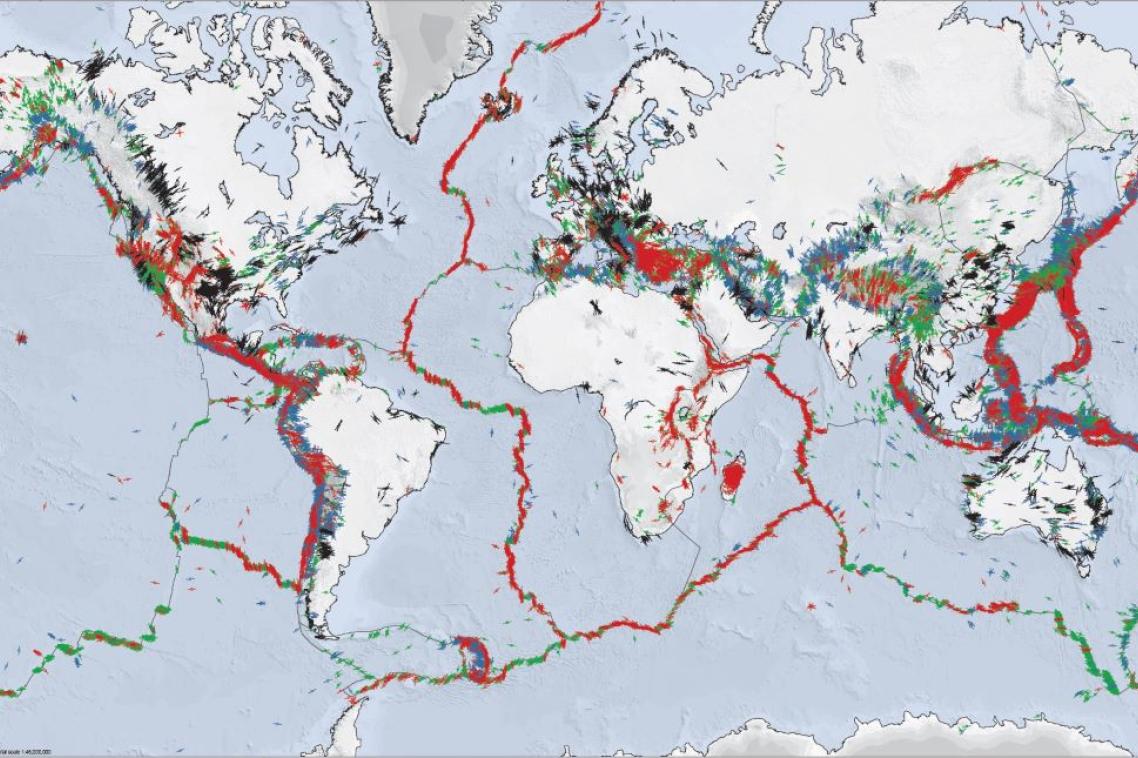South east Australia most prone to tsunami threats along eastern coast
Queensland is relatively safe from the threat of a devastating tsunami but our southern neighbours on the east coast may not be so lucky, a recent study has found.
Study lead author Associate Professor Huilin Xing from The University of Queensland’s School of Earth Sciences said that the greatest tsunami threat to Australia’s eastern coast was in the southeastern region and originated from an earthquake trench south of New Zealand.
Associate Professor Xing said cities directly on the eastern region of Queensland were less vulnerable to these threats.
“The Queensland coast is protected from mega-tsunami waves due to a pushed-up and rough-ocean sea floor, reefs and outer islands, all of which help to slow down and reduce the impact of a tsunami wave, ” Associate Professor Xing said.
“On the other hand, seismic threat from southeastern Australia could produce waves more than 1.5 metres high along the coasts of Tasmania, Victoria and New South Wales, and more than 2.6 metres high in areas close to Sydney, Maria Island and Gabo Island.”
Despite the findings, Associate Professor Xing said that the good news for southeastern coast residents is that it would probably take more than two hours for a tsunami to reach Australian shores, giving them enough time to evacuate if well-prepared.
“Having reliable warning systems and well-planned evacuations will help avoid unnecessary delays,” he said.
The study, published in Pure and Applied Geophysics, used supercomputer simulations to determine tsunami waves and their sensitivities to earthquakes and sea-floor conditions along the eastern Australian coast.
Associate Professor Xing said he would continue his research to better predict tsunami events and develop more accurate warning systems.
“In terms of numbers of earthquakes, the Australia-Pacific plate boundary is one of the most active in the world,” he said.
“Understanding and predicting earthquake and tsunami events in this region is crucial for making reliable predictions and warnings.”
Other authors of the study are Dr R. W. Ding from Shandong University of Science and Technology (China), and Professor D. A. Yuen from University of Minnesota at Twin Cities (USA).
Media contact: Associate Professor Huilin Xing, +61 7 3346 4093, h.xing@uq.edu.au; Engagement Officer Aarti Kapoor, +61 7 3346 0808, a.kapoor@uq.edu.au
Topics
Related articles

Strict regulations for street stalls a drain on vibrancy

Queensland underground data reshapes our understanding of tectonic plate stress
Media contact
UQ Communications
communications@uq.edu.au
+61 429 056 139
